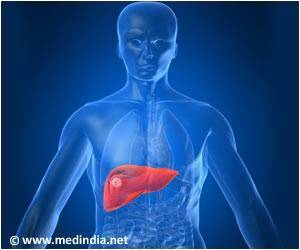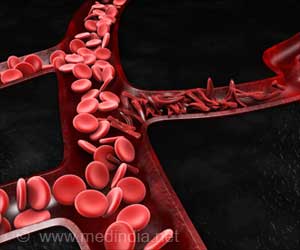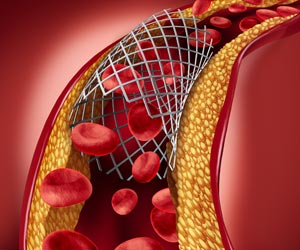Hepatocellular carcinoma is one of the most common forms of cancer, and the primary cause has been attributed to liver fibrosis.

‘Quantum chemical computations provide clear and compelling evidence for the cause of hepatotoxicity of halocarbons.’





Fifty-five halocarbons were tested in silico using high-level quantum computations. They have established that the primary step of toxic action is electron attachment to halocarbons in metabolic pathways by binding to an electron donating enzyme in hepatocytes.It was shown that the transferred electron from the hepatocyte enzyme CYP2E1 to the halocarbon causes bond elongation resulting in auto-detachment as evidenced from potential energy surfaces.
This leads to the C-X bond dissociation causing the production of highly reactive free radicals which extract a proton from the liver's lipid membrane in order to reach a more stable state. Consequently, prolonged exposure causes damage to the liver membrane resulting in liver toxicity.
As shown by experimental studies, this could lead to hepatocellular carcinoma depending on the hydrogen extraction propensity of the free radical and vertical electron affinity of the neutral halocarbon.
By systematic computational studies on 55 hydrocarbons Balasubramanian and Basak have ranked the toxicity of halocarbons on the basis of the electron affinity and proton-extraction propensity from the lipid membrane of the liver.
Advertisement
Consequently, quantum chemical computations provide clear and compelling evidence for the cause of hepatotoxicity of halocarbons.
Advertisement
Source-Eurekalert










